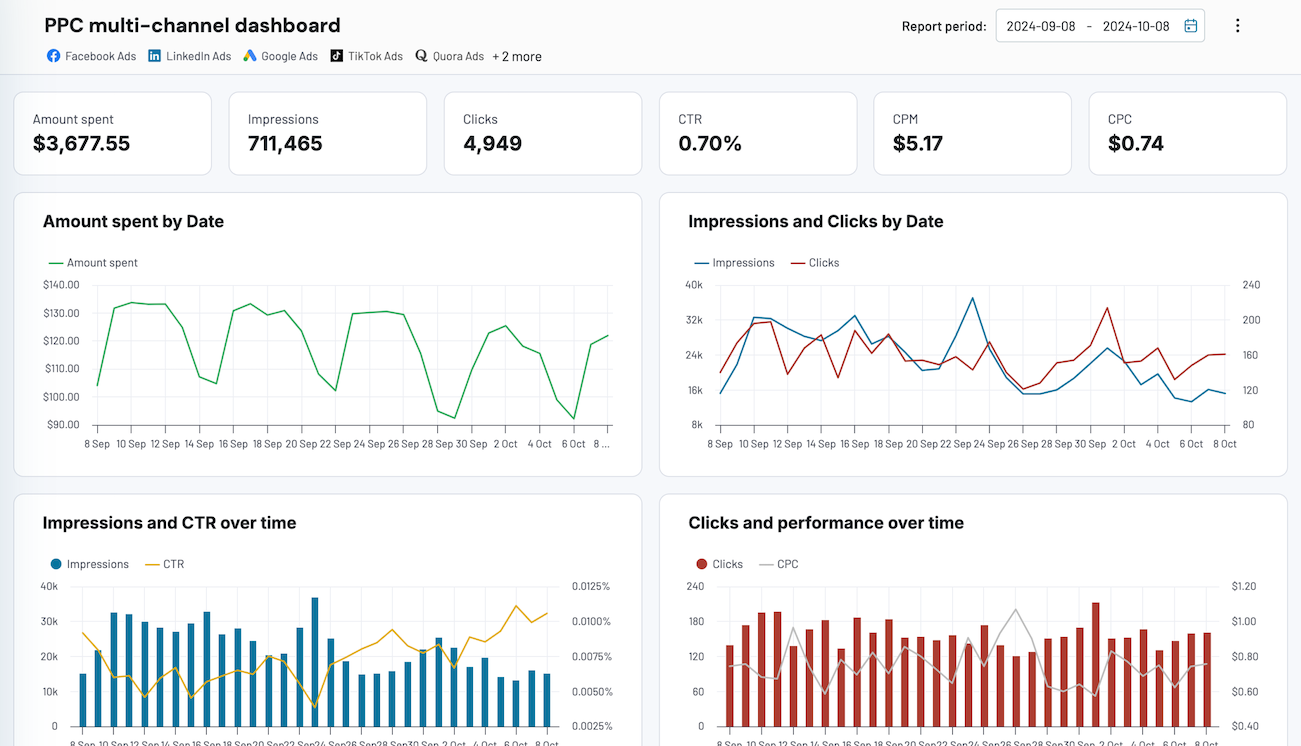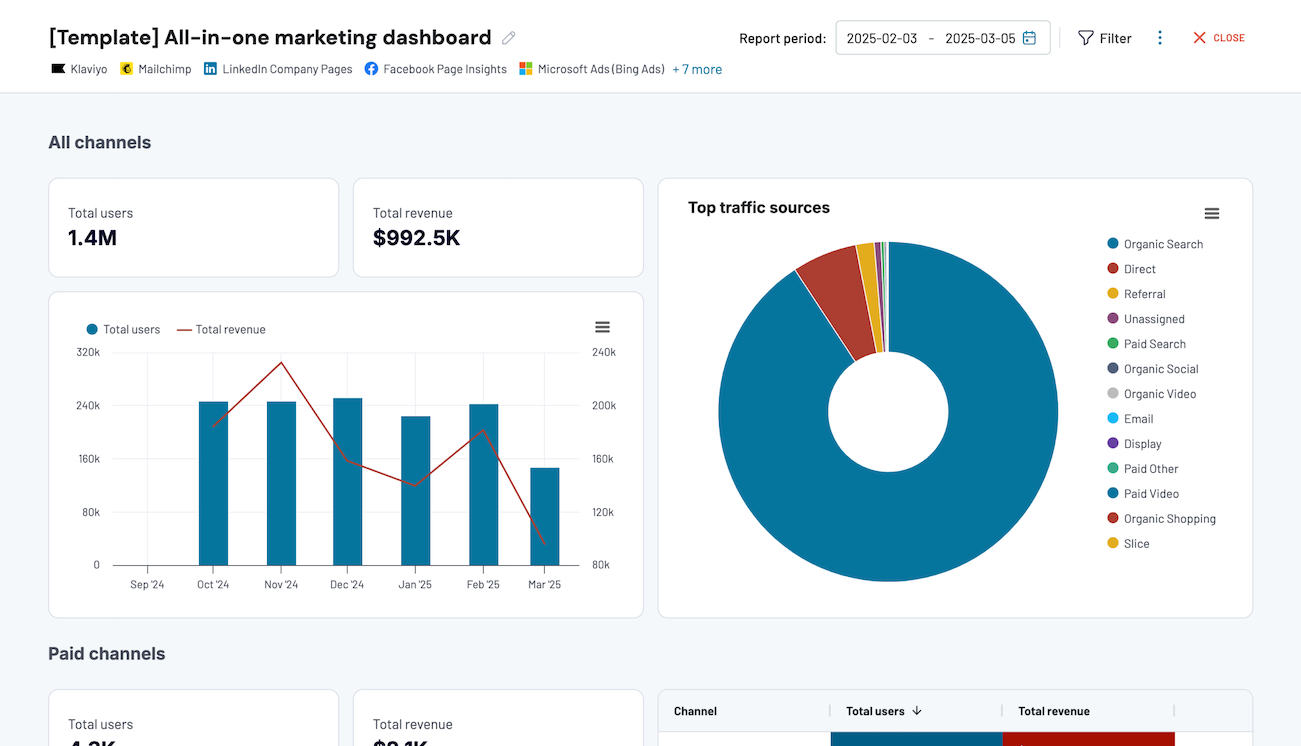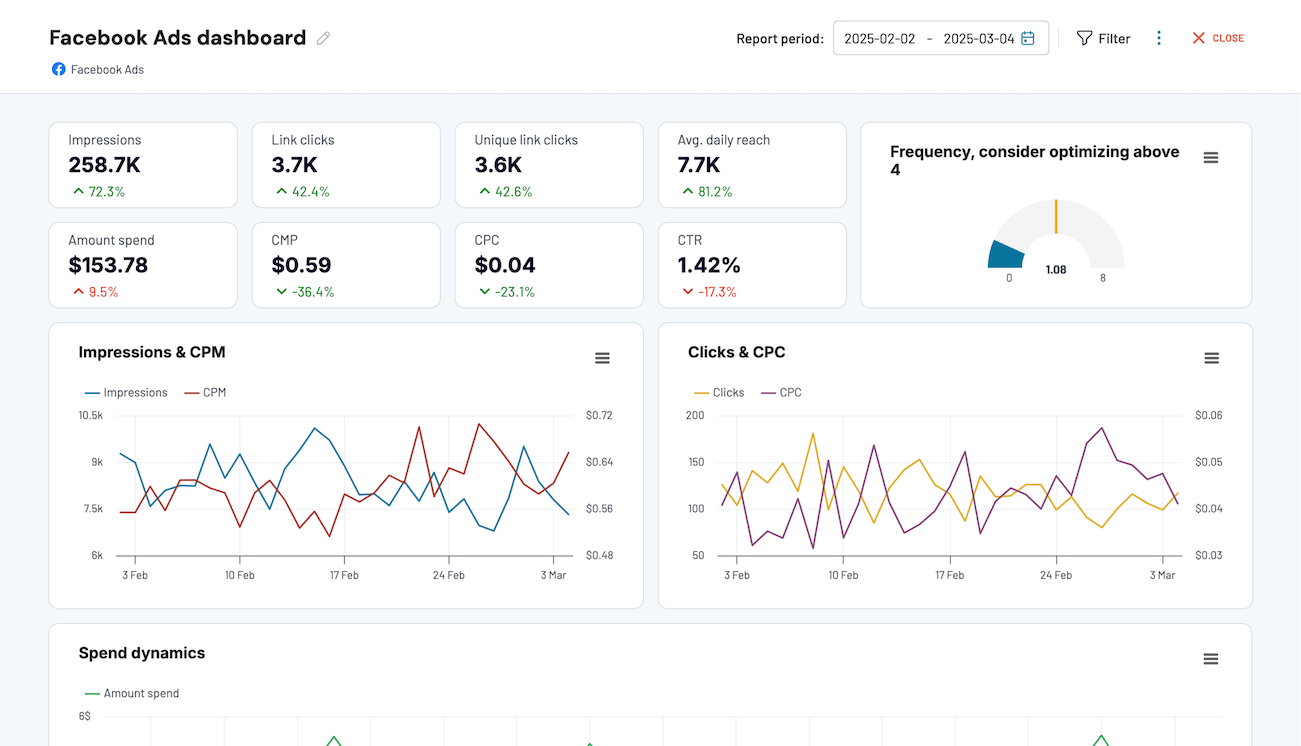What is a Churn Rate?
The churn rate measures the percentage of customers who stop using a company's product or service within a specific period. It's essential for assessing customer retention and satisfaction. A high churn rate often signals poor customer service, lack of engagement, or uncompetitive offerings. The churn rate analysis lets marketers identify at-risk customer segments. Therefore, they can implement targeted retention strategies. Optimizing churn involves improving product quality, enhancing customer support, and personalizing marketing efforts. All these will increase engagement and satisfaction and reduce churn. As a result, you get a boost in profitability and an increase in customer lifetime value. You should make churn rate a vital focus for sustained business growth.
How to calculate Churn Rate?
To calculate the churn rate, divide the number of customers who left your service during a specific period by the total number of customers you had at the beginning. Multiply the result by 100 to express it as a percentage.
Lower churn rates typically correlate with higher customer satisfaction and loyalty. Both are crucial for long-term business sustainability. The churn rate metric is vital for industries with subscription models. Companies must aim for the lowest churn rates possible to ensure recurring revenue.






















